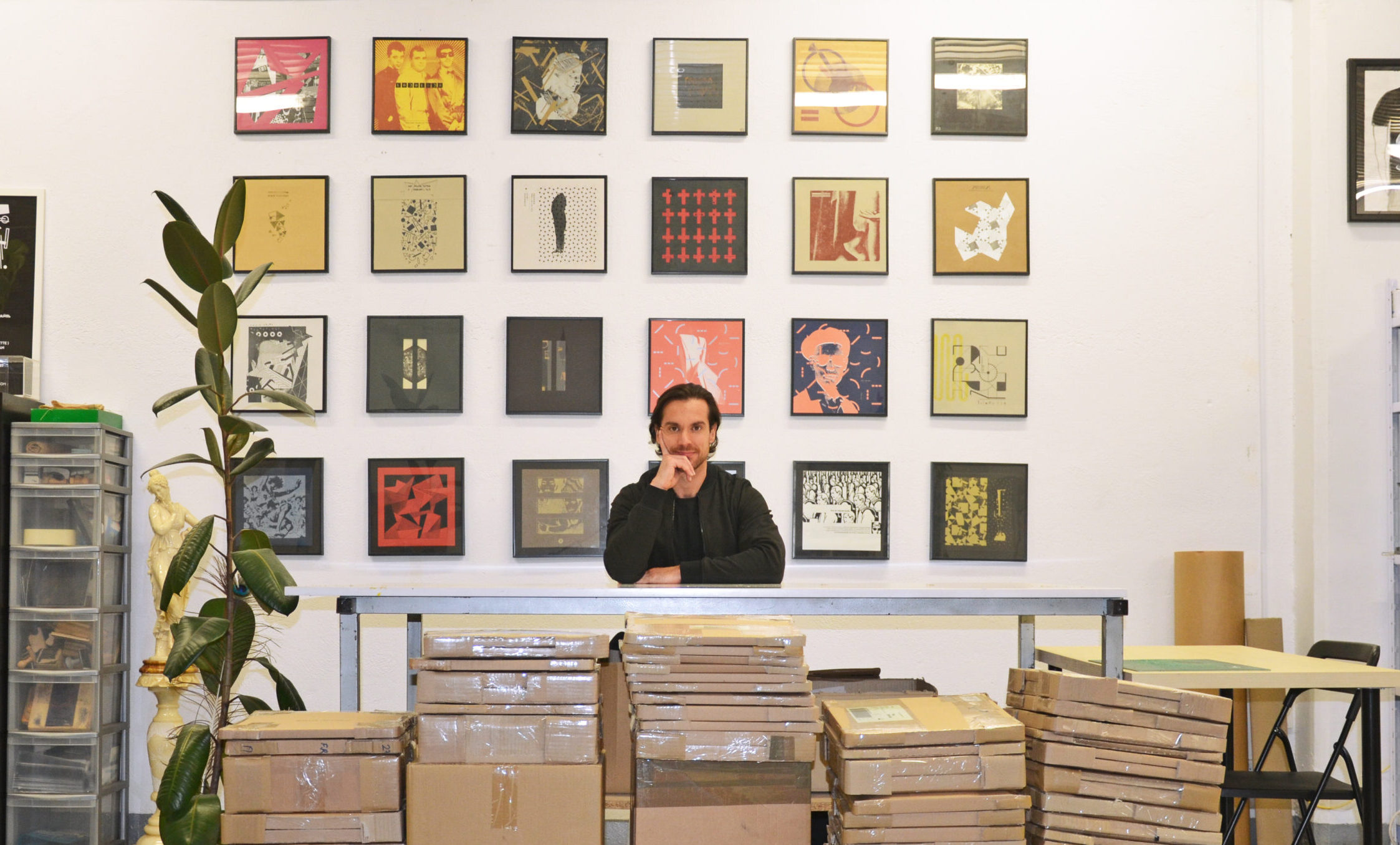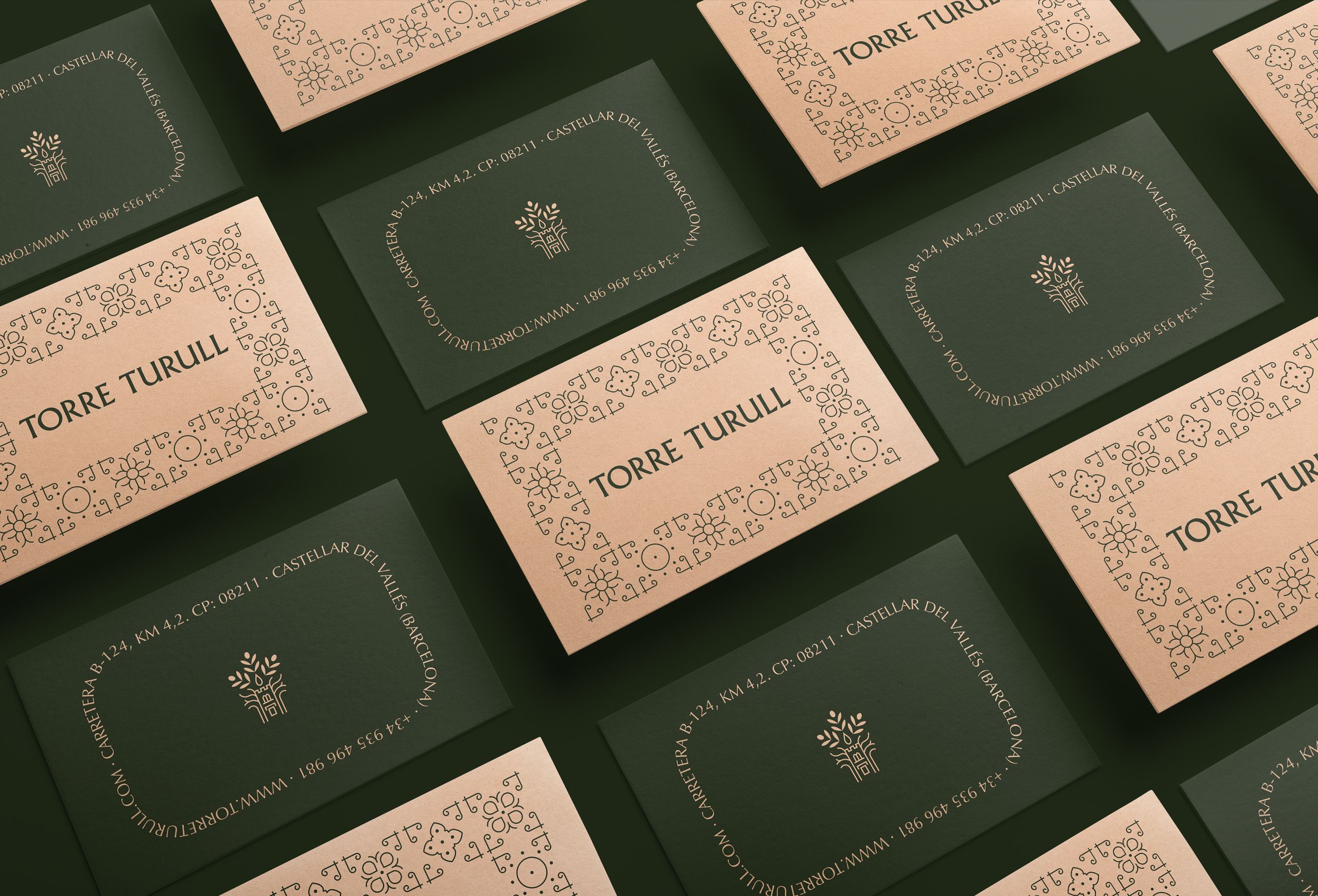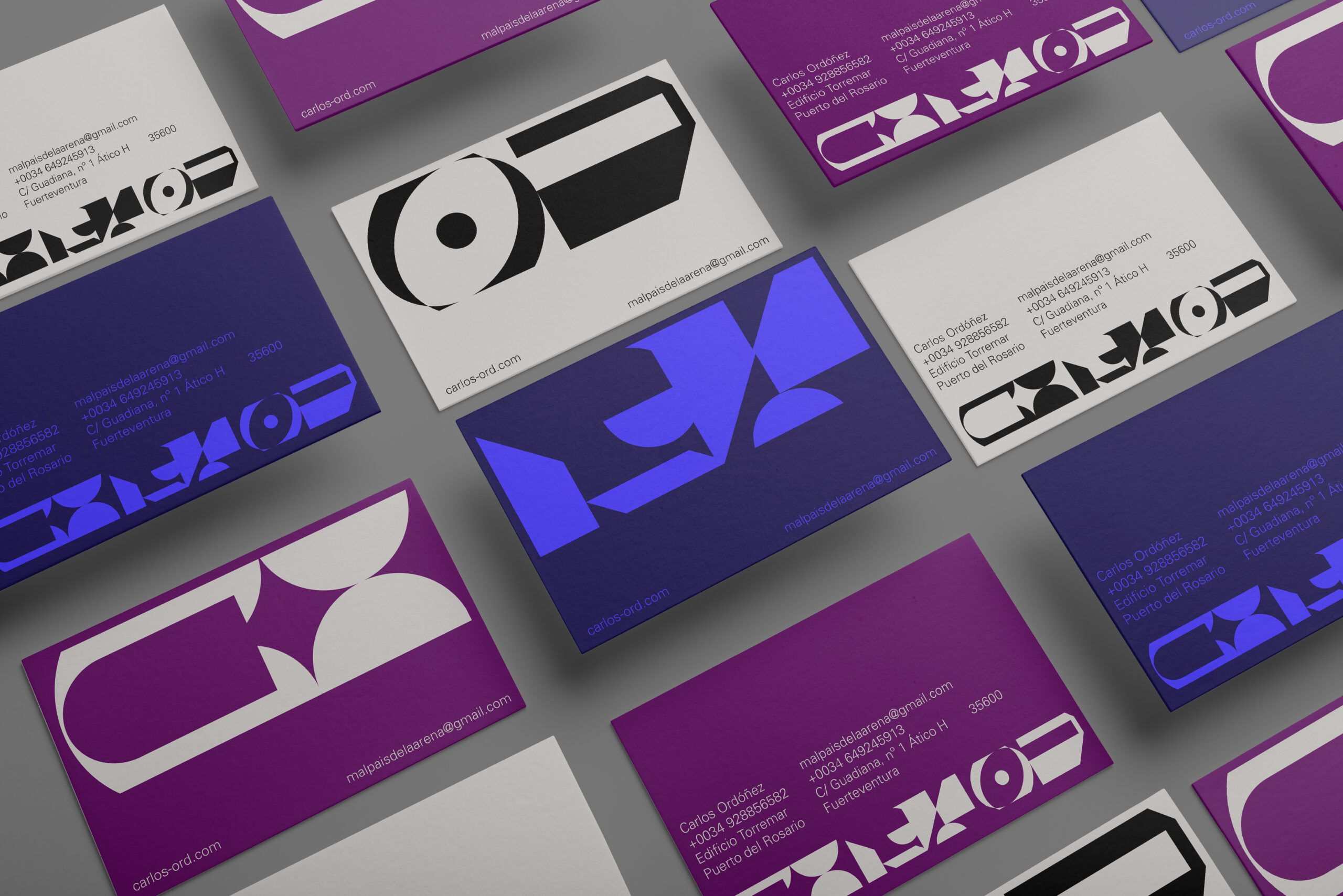Tisora studio is a graphic design studio born in Barcelona and based in Tallinn. They develop contemporary visual strategies for worldwide enterprises, ventures, and people committed towards culture, innovation, and a fairer and more sustainable world. We sat down with our incubant and the company’s creator Jordi Serrano and asked him, how he decided to start his graphic design studio and why he decided to set up the business in Estonia.

What is your background?
I first started studying sociology at the university in Barcelona. But then I realized that I needed to find some balance between the things, I’m very good at – which has always been related to arts and also how to make some money from it. So I decided to quit the sociology and started studying graphic design.
Just before finishing the degree, I launched a record label Domestica Records (Barcelona, 2010-2020), which was just a hobby at the beginning. But things went very well. I realized that if I increase the releases, maybe I could make a living from that record label. The record label had very good reviews and nice feedback from customers and I decided to stay focused on that project. Two years later, I was able to make a living from that record label. I was very young then – maybe 27. For me, it was like a dream come true – to be working on things that you’re passionate about.

Photo: Tisora Studio work
I was releasing music on vinyl. It was like a kind of archaeological work because I was focused on recovering art from the 80s – electronic music, which was originally released on a demo tape, or self-released by the bands. I learned a lot of things from that project.
It was also an excuse to design the record covers for the bands, as it allowed me to develop my own identity as a designer – experimenting a lot with different kinds of printing methods, and papers. And because I was completely free, I was my own client. But I learned a lot of things because I handled this record label all by myself. Had to develop a lot of new skills, like promotion, contracts with the bands, graphic design – all of the things, which are related to releasing physical music in contemporary times. I spent 10 years doing this and focused on the record label. I learned the basics about how a company can be a success. I learned that first of all, it’s important to be passionate about the project, be obsessed about it. But most important is to offer something new or different and believe in it.

Photo: Tisora Studio work
And at some point, I realized that I had become more like a bureaucrat releasing this kind of music. The pleasure that I had on this project was over because everything I had to say with the label, was already done.
That’s why the label grew up and had some interest in the media and also customers because I was doing something unique. Not only in terms of releasing music, but it was also in terms of esthetics. Every copy was a unique piece handprinted you know, and a very limited edition.
When did you decide to focus more on graphic design?
My background has always been related to graphic design. For a long time, I had in mind that at some point of my life to really stop the label or just continue the record label as a hobby. I started Tisora Studio because I wanted to be only focused on the graphic design field.
So 10 years later, I decided to do that, because it was taking up my time and energy. I stopped all the activities to be only focused on Tisora Studio. The experience I had with the record label gave me valuable knowledge – not only in graphic design but also in managing, promoting. And also when I stopped with a record label, it allowed me to move from Barcelona because as I was working with physical stuff, I was attached to my warehouse or store. Even if I had a lot of chances to travel, especially in Europe, because people invited me also to play some music. In Vilnius, for example, was the first time I stepped into the Baltic region. But after finishing up with the record label, I was completely free to move.

Photo: Tisora Studio work
How did you decide to set up your business in Estonia?
When I stopped the record label, I decided to move away from Barcelona. I was free to decide where I want to go. And my intuition brought me to Estonia. I didn’t know anyone, and I had never been here before. I wanted to go to a country where I didn’t know anyone – to feel that I’m starting from scratch. I must stay completely focused on my life now.
So Estonia was super interesting. The environment in Estonia is very good in terms of developing projects and own enterprises. If you have a good attitude, you will find your way here, but it’s not easy. Of course, there are a lot of things which may be as difficult as any other place.
Also before coming here, I knew about Tallinna Loomeinkubaator and I had in mind to apply here. It was nice to discover that there are places, who want to help new enterprises. Especially projects, that are related to art or design. For example in Spain, it is especially difficult, because these kinds of projects have no support from the government. All the structure related to enterprises are focused on the big ones, not the small ones. And bureaucracy here is super fast and easy. I could register the studio in 20 minutes through the internet. I think Estonia is probably one of the best countries in Europe in that sense.

Photo: Tisora Studio work
What is your goal with Tisora Studio?
It’s a graphic design agency specializing in branding, identity, editorial design. I have a very specialized profile. My goal is to help other agencies to develop this side of the job, which I am specialized at. Tisora Studio is devoted to producing exclusive design aesthetics through a genuine and contemporary approach with an emphasis on traditional and hand-cract printing techniques, bringing about not only exclusivity but also sustainability through the printing system.
I’m also trying to create a network of other studios, freelancers who are specialized in their field and that way also offer services to the agencies.
Who is your client?
Tisora is a company that cares for their clients and the environmental impact of their actions, producing distinctive and exclusive products; more fit into the small and middle-size business with a customer oriented work. Some examples are ateliers and artisan shops (jewelry, clothing, ceramic, painting) event-planning companies, high-quality food products (or suppliers), architecture firms, creative agencies, theatre or performance companies, music industry, restaurants, fashion shops.
Where does the name Tisora come from?
Tisora means ‘scissors’ in Catalan, a word that conveys images of manual activity on physical media. It’s like a connection with the physical product – when you are working with scissors, means that you are working with your hands. And when working on a project, I try as much as I can, to work with my hands, because it’s something I enjoy.
Where do you get your inspiration?
When I started the record label, the graphics created by Neville Brody were the main source of inspiration. I looked at his iconography and translated it into a personal language. Then there are a lot of very interesting studios, which may inspire me a lot from time to time. Bruno Munari is another artist I like. I think these two are probably one of my two points of like or references.
All in all, I think everything comes together – your mindset, the way you see life, and your job – especially if you’re working in some kind of arts and creative stuff. Because you are trying to express in some way, but I am not an artist. Someone can say – oh, you’re an artist, but no because I have a goal there. I am a graphic designer, I’m trying to achieve a goal here. The result is always according to a final goal that you have to achieve because you’re working for a client and this client has needs, and you have to understand the needs and make it work. It’s this balance between arts and making it functional.
What do you think has been the biggest challenge or lesson that you’ve had to learn or overcome during your time being an entrepreneur?
I think maybe the most how important is to follow a routine. And be completely focused on your short-term goals and long-term goals. And you have to believe in what you are doing. If you do not believe, then just step aside and try to do another things you know. And do not be scared to follow your instincts. I always make mistakes when I have a mind full of things. And there was always something good brought to me when I followed my instincts. It’s not easy to follow them – because there’s a lot of input out there trying to tell you just the opposite. You have to get rid of this. And stay focused on yourself.

Photo: Tisora Studio work
Discover Tisora Studio at their homepage HERE.
Follow Tisora Studio on Instagram: @tisorastudio
